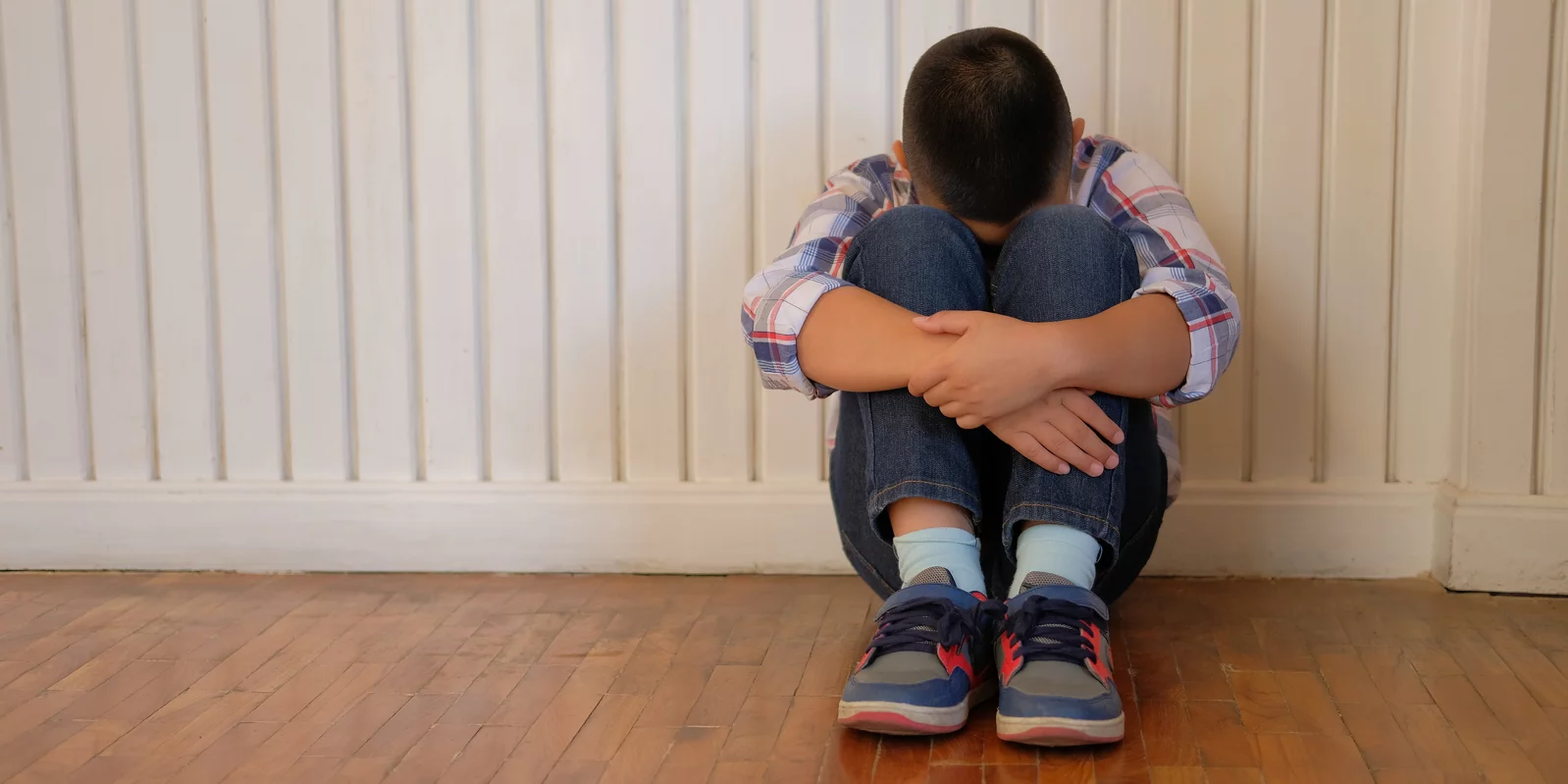Children Grieve Too!
by Joe Agnello, Transitions Bereavement Coordinator
As a Bereavement Coordinator, I connect with all of the family contacts following the death of a patient. Grief always follows the death of a loved one. The greater the love for the person who died, the greater the grief of the survivors. And that is true for children as well. So, I always ask if there are children in the family who loved our patient.
Sometimes there are children, but they live out of state. Sometimes the children are too young to have known the person who died. Occasionally, the children did not love the person who died to an appreciable degree. However, even in my limited studies of children, I know that all children grieve. It is a natural and normal response to loss.
It begins with an understanding of grief. All of the thoughts, feelings, and behaviors associated with the person who died become part of the child’s grief experience. Thoughts and feelings are internal experiences that can not be identified without talking to the child. To understand the extent of a child’s grief, we must look at their behavior. So, I always ask, “Is the child acting differently than they usually act?” If the answer is “yes,” I suggest a simple plan. I ask if I can send some ideas that they can use to help the child cope with their loss. Most often they agree. The best two resources I can offer are an ebook from the Dougy Center, www.dougy.org, and reference to the children’s grief support programs at www.ChildrenGrieve.org. Both of these resources provide encouragement and guidance on helping children grieve.
When I teach about grief, I ask the learners a simple question, “What happened when you were a little kid and fell and hurt yourself?” Universally, the answer is “I cried!” Then, “What happened next?” They usually say, “My mother came to pick me up and comfort me.” This interaction is the basis of the research done by John Bowlby, author of “Attachment Theory.” Early in life, we learn the importance of comforting a child who is hurt. John Bowlby went further in his research to learn about what we call “separation anxiety.” He found that children cried when their caregiver stepped out of their sight. If these two observations – being hurt and not able to see a caregiver – resemble grief to you, it is easy to realize that children grieve too. If we know that children grieve, what do we do about it?
Adults often do not know what to say or do, so they disguise the death with mystical stories or silence. The problem with this strategy is that children eventually grow up. Then the myths and silence get perpetuated. Children, just as adults, are individuals with their own personalities. The only way to know what the death of a loved one means to them is to ask. But remember, children do not have the language skills adults have, so we have to use the language children use. Simple words, playing, and using art are the best ways to communicate with children. It is always important to use the words “death” and “dying” rather than “passed” or “went to sleep.” Let them come to a memorial, funeral, and a committal service at the grave site. This will help them normalize what death means to them.
If the children attend school, tell the school that a significant member of the family has died. It may be a parent or sibling, but also a close grandparent, aunt, or uncle. The school may have a special program for them. A school counselor or school nurse should be informed. They can then be prepared for a change in the child’s behavior. If the child attends Sunday school, this is another opportunity to inform teachers who can help the child adapt to life without their loved one.
Be patient with children. Let them lead the way through their grief journey by observing and listening to them. Grief is unique to every child and also to every stage of development the child goes through. The key point to remember is that all kids in the family will not grieve in the same way, so teaching them about death and dying will be different. That is why the resources I referred to above are so helpful.
As children get older, they are better able to understand grief and how to adjust to a significant loss. Older children may act out more than younger children. Teenagers are not little children – they grieve best with peers, siblings, cousins and classmates.. Remember that social learning is an important way children learn. What they see adults do, and what adults say is an important way of learning. So, grieve without hiding it. Show how you feel and communicate how you think. Let the children know what grief is all about. But, use all of the available resources in order to do it right. We want children to know the truth and grow up trusting adults. We want children to know the value of life. Most of all, we want children to grow up healthy – both physically and mentally.
